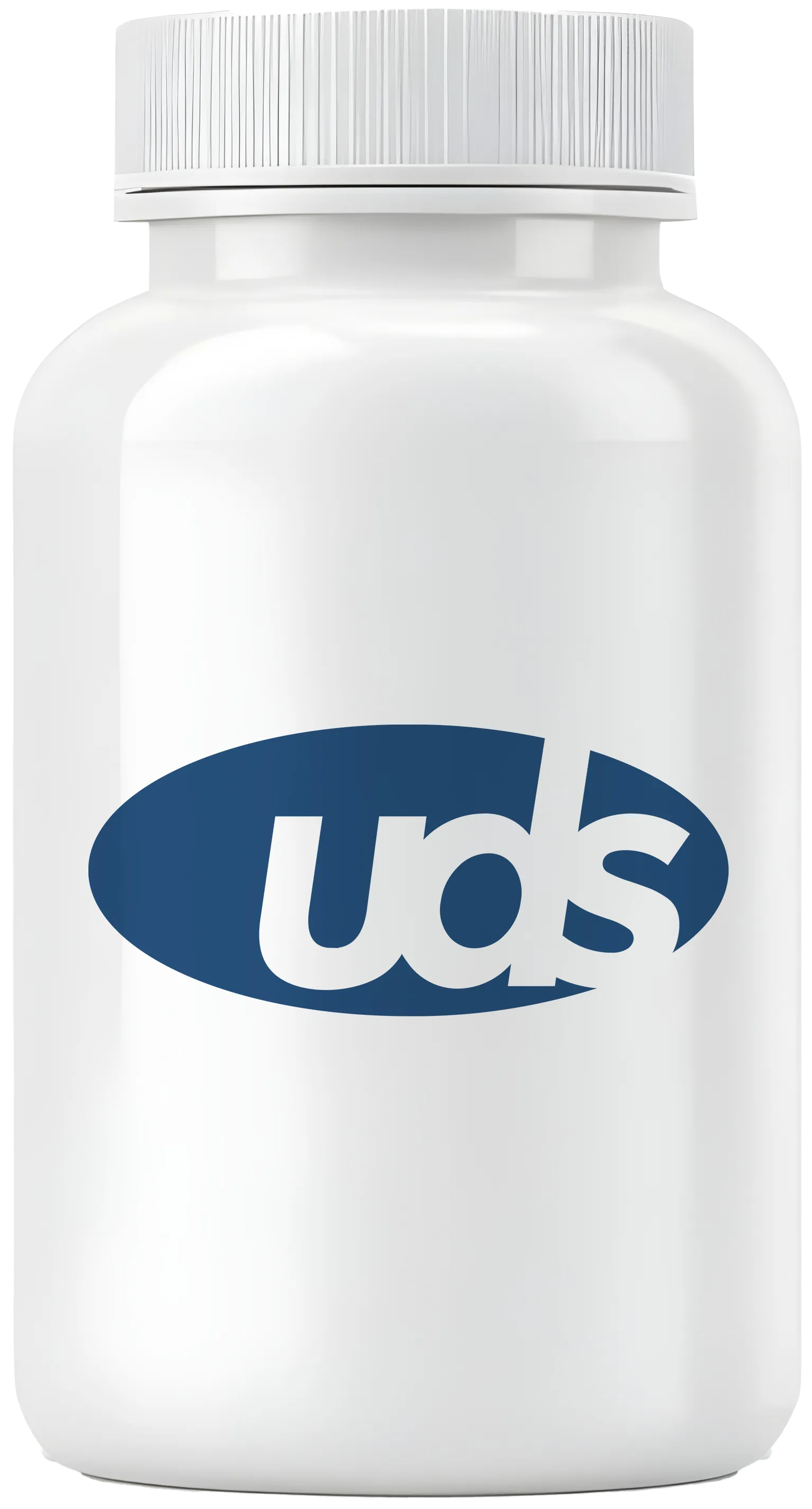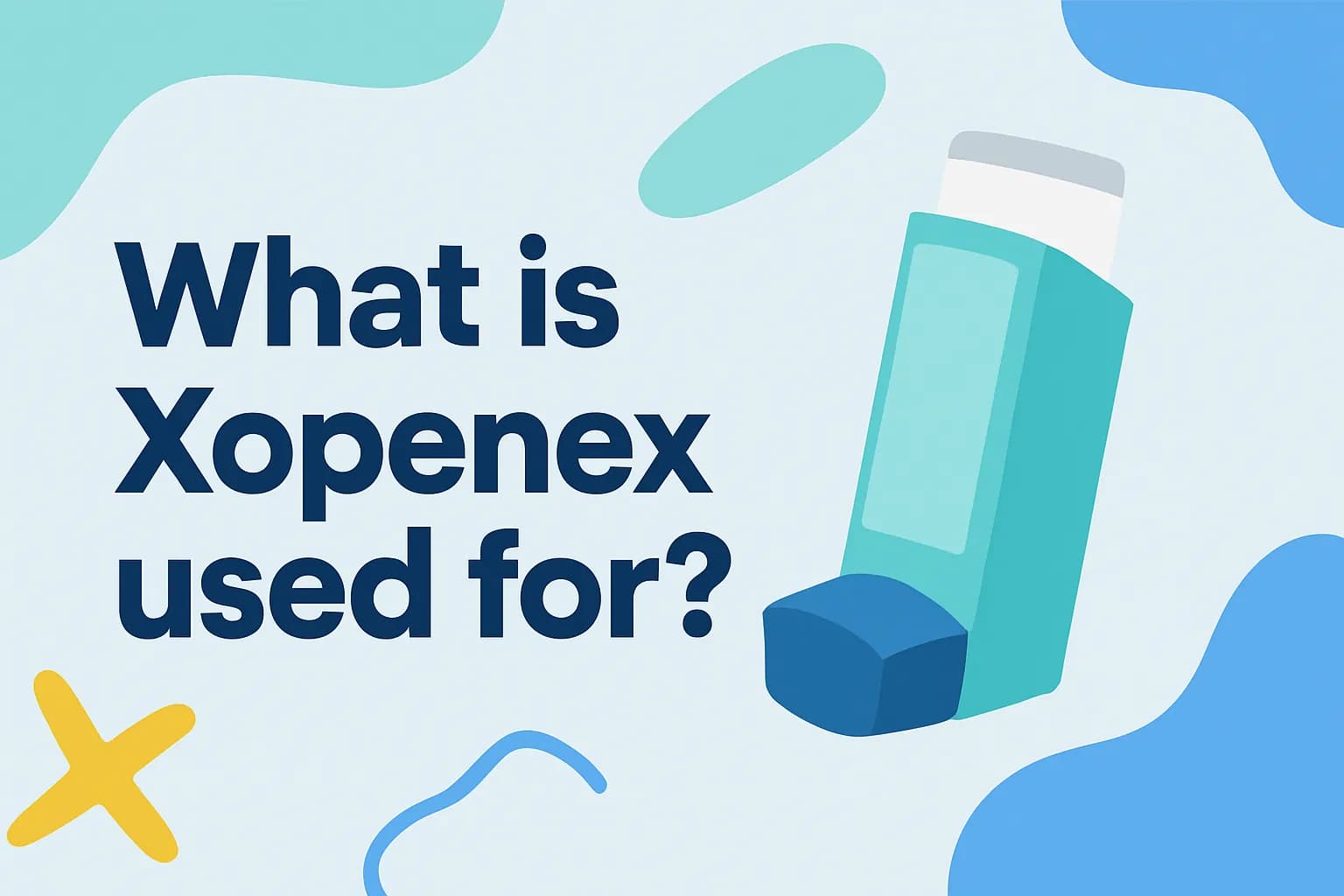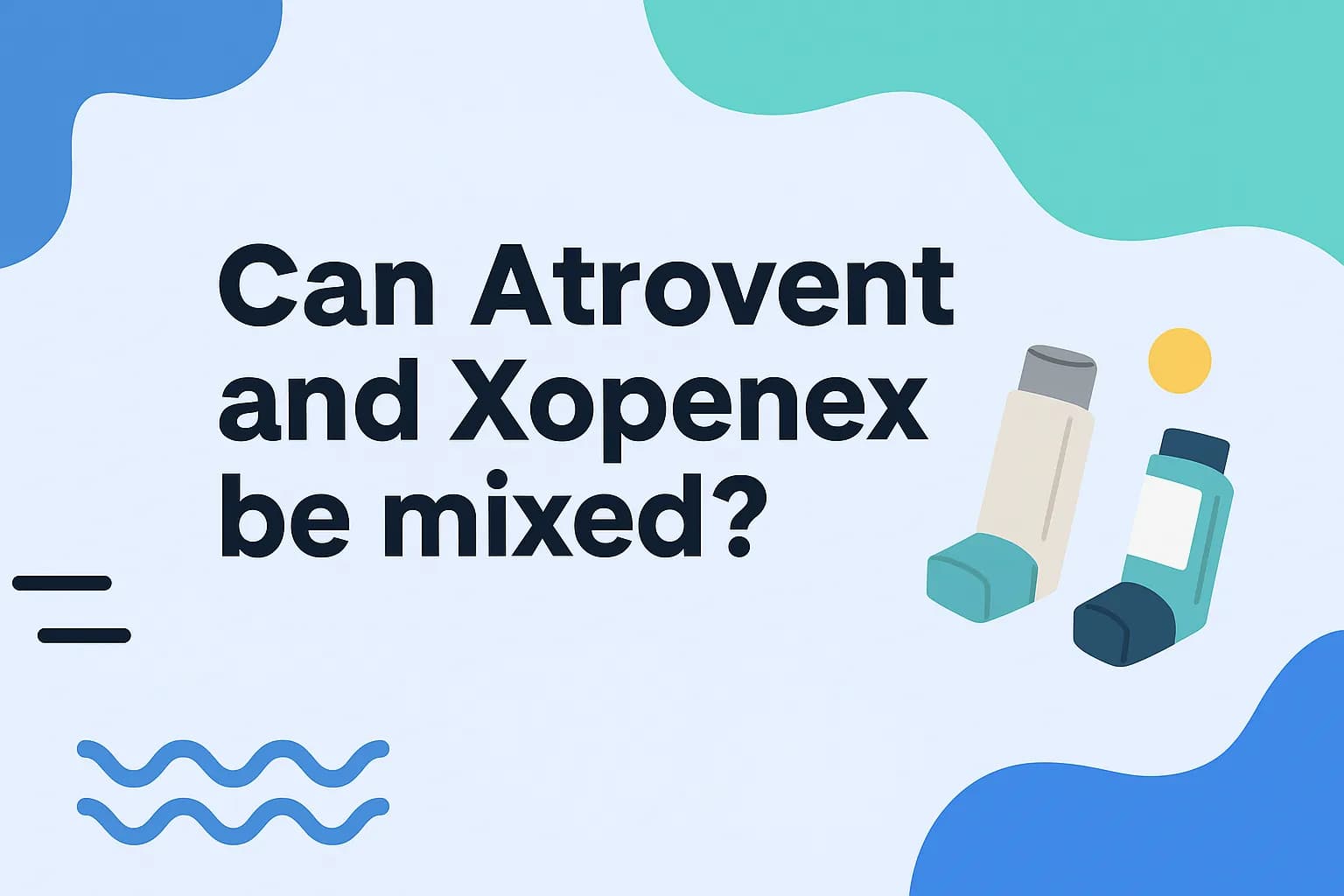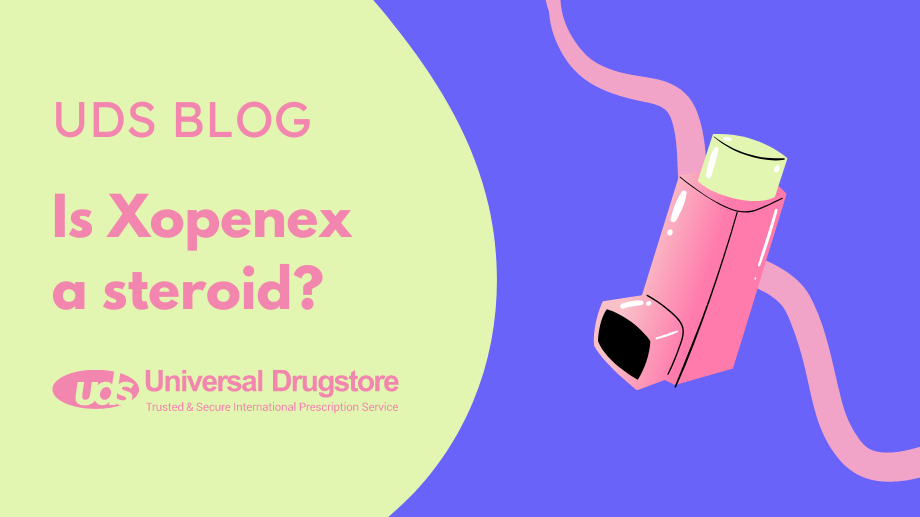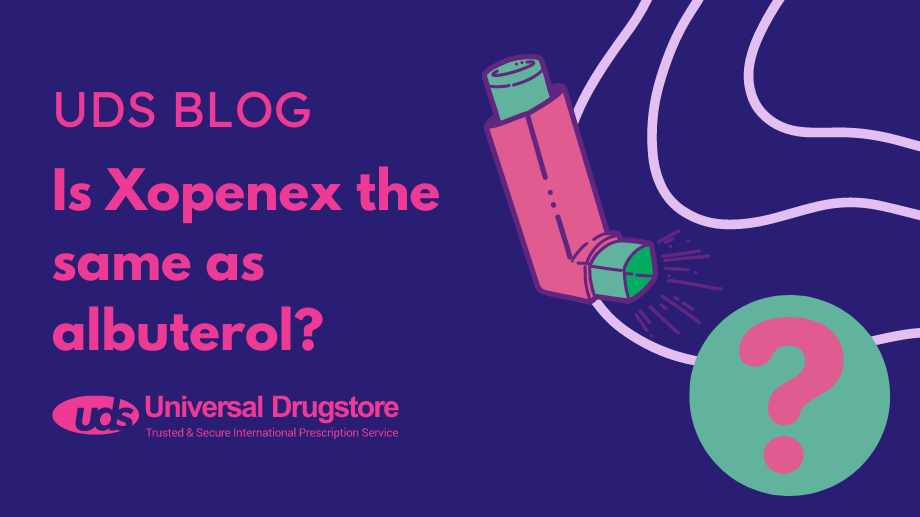Is Xopenex a steroid?
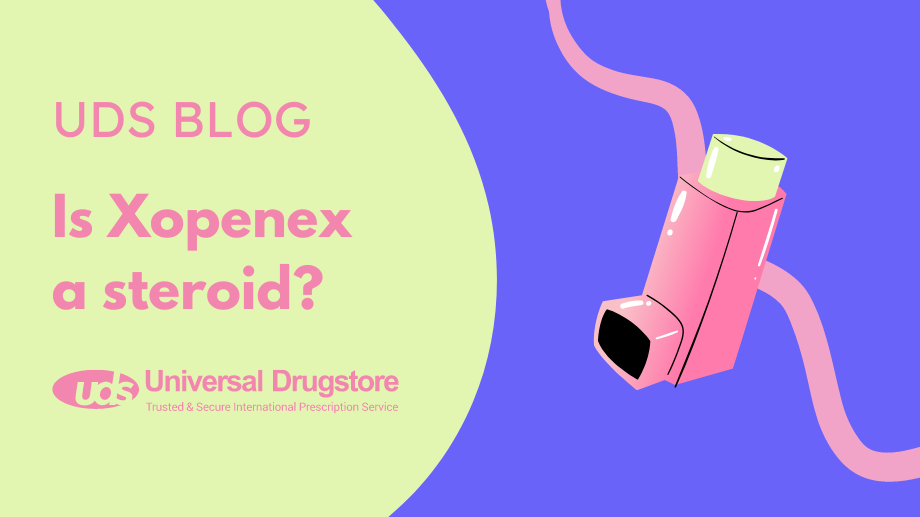
No, Xopenex (levalbuterol) is not a steroid. It is a bronchodilator, specifically a short-acting beta-2 adrenergic agonist. This medication works by relaxing the muscles in the airways, thereby widening the air passages and making it easier to breathe. Bronchodilators like Xopenex are commonly used to relieve symptoms of respiratory conditions such as asthma and chronic obstructive pulmonary disease (COPD).
Steroids, on the other hand, belong to a different class of medications known as corticosteroids or glucocorticoids. Inhaled corticosteroids are often used to reduce inflammation in the airways and prevent asthma symptoms. It’s important to note that while both bronchodilators and steroids are used in the management of respiratory conditions, they have different mechanisms of action and are often prescribed for different purposes. Steroids are typically taken every day as a maintenance medication while bronchodilators such as Xopenex are used as needed when you are having sudden breathing problems. Be sure to follow the treatment plan set up by your healthcare provider to help keep your asthma or other respiratory conditions under control.
Xopenex is available as a nebulizer solution. It comes in unit-dose vials and is available in concentrations of 0.31 mg/3 ml, 0.63 mg/3 ml, and 1.25 mg/3 ml. You must keep the vials in the protective foil pouch until you are ready to use them.
It also comes as an aerosol inhaled into your lungs via a metered-dose inhaler (MDI) under the brand name Xopenex HFA. Each actuation (inhalation) from the inhaler gives 59 mcg of Xopenex HFA, which equals 45 mcg of levalbuterol. Xopenex HFA comes in 15-gram aerosol canisters (which each hold 200 actuations). The canisters will each last for a different number of doses, depending on how often you use them and how many puffs you take for each dose.
Xopenex FAQs
What is Xopenex used to treat?
Xopenex is the brand name for a medication that contains the active ingredient levalbuterol. Levalbuterol is a bronchodilator, and it is primarily used to treat and prevent bronchospasm (constriction of your airways) in reversible obstructive airway disease, which includes asthma, certain breathing problems related to allergies, and chronic obstructive pulmonary disease (COPD). COPD includes conditions such as chronic emphysema and bronchitis.
Bronchodilators work by relaxing the muscles in the airways, which helps to open up your air passages so you can breathe easier. Xopenex is often prescribed to improve airflow in your lungs and relieve symptoms such as wheezing, shortness of breath, and coughing.
Xopenex HFA is used for the prevention or treatment of bronchospasm in adults and pediatric patients 4 years of age and older with reversible obstructive airway disease.
Xopenex Inhalation Solution is used for the same indication but is only approved for adults and pediatric patients 6 years of age and older.
What are the side effects of Xopenex?
The most common side effects of Xopenex seen in clinical trials include:
- Headache
- Viral infection
- Sore throat
- Runny nose
- Tremor
- Dizziness
Other possible side effects of Xopenex include:
- Nervousness
- Body pain
- Chest pain
- Cough
- Dry mouth
- Hoarseness
Rarely, Xopenex may cause serious side effects such as:
Serious, life-threatening allergic reactions, including anaphylaxis.
Symptoms of anaphylaxis may include hives (raised red patches on your skin), skin rash, swelling of your face, lips, tongue, or throat, and shortness of breath. Seek immediate medical attention if you experience any symptoms of a serious allergic reaction.
Worsening asthma symptoms
Although rare, Xopenex HFA can sometimes cause a paradoxical bronchospasm which can lead to trouble breathing, cough, wheezing, and chest discomfort. If you are having a hard time breathing right after using Xopenex, get medical help right away.
Heart problems
Xopenex can cause an increase in your blood pressure, heart rate, and an irregular heartbeat. This does not typically occur if you take the recommended dose of this medication.
If you have heart problems such as high blood pressure, you may need to monitor your heart rate and blood pressure closely while taking Xopenex. Notify your healthcare provider right away if you experience dizziness, tiredness, tremors, increased heart rate, or weakness after using this medication.
Low potassium levels (hypokalemia)
Shop Medications
Xopenex can cause the potassium levels in your blood to drop dangerously low, especially if you use more than you are prescribed or take it with diuretics.
Symptoms of low potassium include tiredness, weakness, muscle cramps or spasms, a racing heart, and a “pins and needles” feeling in your hands and feet.
These are not all of the possible adverse effects of Xopenex. You should always seek medical advice from a healthcare professional for any questions or concerns about your medical condition or treatment. You should also read all the patient information, including your Medication Guide that comes with Xopenex. You can report side effects to the FDA at 1-800-FDA-1088 or www.fda.gov/medwatch.
How does Xopenex work?
The active ingredient in Xopenex is levalbuterol tartrate for the HFA inhaler and levalbuterol hydrochloride for the nebulizer solution. Both forms of levalbuterol are short-acting beta-agonists (SABAs). It helps relax the muscles in your lungs to open up your airways, making it easier for you to breathe.
What precautions are there with Xopenex?
You should not take this medication if you have an allergy to albuterol, levalbuterol, or any of the inactive ingredients in the product’s formulation. You should be sure your healthcare provider is aware of all your medical conditions as they may be contraindications or you may need increased monitoring during treatment, including:
- Heart disease or other heart problems such as high blood pressure, heart failure, fast heart rate, or an irregular heart rhythm.
- Diabetes.
- Seizures.
- Overactive thyroid.
- Kidney disease.
- If you are pregnant or plan to become pregnant. It is not known whether Xopenex is safe to take during pregnancy.
- If you are breastfeeding or plan to breastfeed. It is not known whether Xopenex passes into breast milk or the effects it may have on your breastfed infant or milk production.
Are there any drug interactions with Xopenex?
When Xopenex is taken with other prescription drugs, over-the-counter medications, vitamins, herbal products, and supplements, it may change how they work or increase the risk of side effects. Tell your healthcare provider about all your current medications, including:
- Other short-acting asthma medications such as albuterol. They can increase your risk of heart-related side effects.
- Diuretics. Taking diuretics, especially non-potassium-sparing ones may cause you to have low potassium levels.
- Beta-blockers. Taking beta-blockers with Xopenex can decrease its effectiveness in treating your breathing problems.
- Digoxin. Using Xopenex with digoxin may decrease the level of digoxin in your body and make digoxin less effective in treating your condition.
- Certain antidepressants such as monoamine oxidase inhibitors (MAOIs) or tricyclic antidepressants (TCAs). If you’ve taken any of these antidepressants within 2 weeks of using Xopenex, you will be at an increased risk of heart-related side effects.
This list is not complete and many other drugs may interact with Xopenex.
How should you store Xopenex?
Store your Xopenex HFA inhaler at room temperature between 68° and 77°F (20° and 25°C) and protect from freezing temperatures and direct sunlight. The inhaler should be stored with the actuator mouthpiece down. Do not puncture or incinerate your inhaler. Do not store it near heat or open flame because exposing it to temperatures above 120°F may cause bursting. Never throw the container into a fire or incinerator.
Store your Xopenex vials in the protective foil pouch at room temperature between 68° and 77°F (20° and 25°C). Only remove a vial when you are ready to use it.
Keep all medications out of reach of children.
Is Xopenex or albuterol better?
While Xopenex was touted as being as effective as albuterol with fewer side effects, clinical studies have not shown this to be true. They are similarly effective and results have been mixed on the incidence of certain side effects such as increased heart rate. Because Xopenex is typically more expensive, albuterol remains the preferred choice as a rescue inhaler. Xopenex can be helpful if albuterol does not work for you or if you cannot tolerate it.
What foods should you avoid when taking Xopenex?
There are no foods that interact with Xopenex. However, if you are caffeine-sensitive, you may experience nervousness, nausea, palpitations (a skipped, extra, or irregular heartbeat), rapid heartbeat, trouble sleeping, or other side effects if you consume caffeine while on Xopenex. You may need to limit or avoid excessive caffeine intake from foods, drinks, supplements, or medications. Caffeine-containing items include coffee, colas, tea, chocolate, and some dietary supplements, prescription or non-prescription medications.
What class of drug is Xopenex?
Xopenex belongs to a class of medications called short-acting beta-agonists (SABAs). These drugs help relax the muscles in your airways, which opens up your airways and makes it easier for you to breathe.
Related Medications
- ProAir HFA (albuterol)
- Proair RespiClick (albuterol)
- Ventolin HFA (albuterol)
- Albuterol CFC Free (albuterol)
- Duoneb (ipratropium/albuterol)
